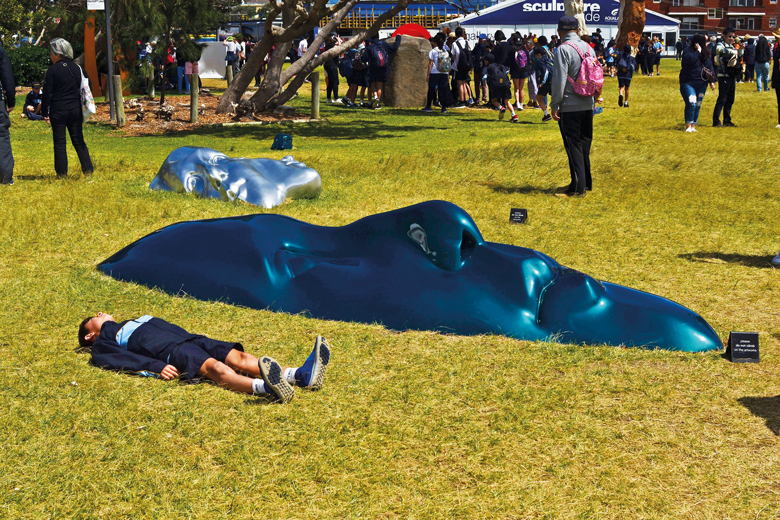Advocacy for students and scholars with disabilities is reaching a turning point after decades of false starts and policy neglect, leading activists say.
Paul Harper, a blind law professor at the University of Queensland known for his work on disability issues, said the recent developments marked the “beginning of the end” of barriers that had prevented the community from gaining positions in academia.
“This is a turning point,” Professor Harper said. “Disability has been ignored for so long, but now the university is saying we really need to step up and do something different.”
The Australian government has promised “targeted consultation” on university agreement reform after the Agreements Commission’s February report sparked an outcry over misleading data and a lack of participation targets for students with disabilities.
“We’ve heard concerns from disability groups that not everything is working properly in the agreement,” Education Minister Jason Clare told a conference in May. “I understand your concerns, and we need to get it right in implementing the agreement, and we’ll work with you.”
The Ministry of Education said it will hold a “roundtable” with disability stakeholders on May 20, with further meetings scheduled for late June, July and August.
Meanwhile, global network Universitas 21 (U21) is rolling out a “Disability Inclusion Mapping” initiative, following its Presidential Symposium in Hong Kong in April.
The 29-question survey asks the network’s 29 members about their research on disability rights, disability awareness training for staff, and the inclusion of persons with disabilities in their governance structures and strategic plans.
Prof Harpool, who is leading the effort, said the data would be used for academic research and internal reporting. He is also co-lead of the Disability Community of Practice, which U21 formed last year to promote “equality of workplace capabilities” among its members.
He said Australia’s university system dates back to a time when about 2 per cent of students were recognised as having a disability. Today, that figure is around 10 per cent. “That’s 144,000 students across the country,” he said.
Retrofitting university infrastructure for such a large group would be pointless, he said: “It’s cheaper to figure out how to get people on board up front. Building it after the fact is foolish.”
He said the expected federal government cap on the number of international student enrollments that universities can benefit from has forced universities to rethink how they serve students and staff with disabilities. “When you cut discretionary budgets, you just get less money. University officials have to look at disabilities and say, ‘How can we do this more efficiently?'”
Prof Harpur said the work of students and young academics has also significantly changed the way university leaders view disability, saying people who were students when the UN adopted the Convention on the Rights of Persons with Disabilities in 2006 are now in their 20s and 30s. The convention provides for the right to “lifelong learning without discrimination and on an equal basis with others”.
“Younger generations with disabilities are saying, ‘We’ve heard this as a right for years. Where is it?'”
Australian Catholic University’s former vice-chancellor Sandra Jones said the university’s support for disability advocates like Professor Harper encouraged staff and students to open up about their own disabilities.
“They need the university to back them 100 percent and say, ‘We’re proud to have this person on our team,’ so it makes it easier for other staff and students to disclose information.”

